
E-mail: font@focusonnature.com
Phone: Toll-free in USA 1-888-721-3555
or 302/529-1876
 |
PO
Box 9021, Wilmington, DE 19809, USA E-mail: font@focusonnature.com Phone: Toll-free in USA 1-888-721-3555 or 302/529-1876 |
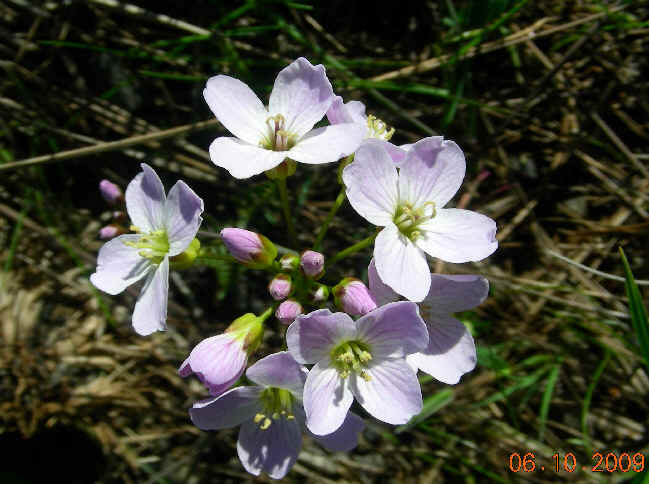 Wildflowers
Wildflowers
and some other plants
in Northern Places
such as Alaska
and Iceland
and including alpine plants
of Hokkaido
in Japan
with those during
Focus On Nature Tours
noted with an (*)
1996 thru 2013
during tours in the months of May, June, September, &
October
In this list, there
are notes relating to
MEDICINAL PLANTS.
An excellent book, and
a source of some of the information in this list, is "Medicinal Plants of Iceland" by
Arnbjorg Linda Johannsdottir.
The compilation of the following list
by Armas Hill
Photo at upper right: LADY SMOCK (photograph by Gerin Hood)
Most of the photos below were taken during the June 2009 FONT tour in Iceland by
tour participant, Gerin Hood. And she also took the time to do most of the
identifications. Thanks Gerin!
A fine book about the plant life of Iceland is "A Guide to the Flowering
Plants & Ferns of Iceland" by Hordur Kristinsson, published in 1986.
There is a version in English.
A fine book about wildflowers and other plant life in Alaska is a "Field
Guide to Alaskan Wildflowers", by Verna Pratt, published in 1989.
Again, this book is a source of some of the information in this list, as are the
other books noted here.
There have been 19, nearly 20 FONT
tours in Iceland. And nearly 10 FONT tours in Alaska.
Among the Plant
Families in this list, links to these:
Adder's-tongue
Algae Arum Beach-fern Bellflower
(or Bluebell) Birch Birchroot
Bladderwort Bogbean
Borage Broomrape
Bunchflower Bur-reed Buttercup (or
Crowfoot)
Clubmoss Crowberry Cypress
Daisy (or Aster) Diapensia
Dock (or Buckwheat, Knotweed)
Dogwood Earthsmoke (or Fumitory) Eel-grass Fern &
Hard-fern Figwort (or Snapdragon)
Flax
Gentian Geranium Ginseng Gooseberry Goosefoot Grass
Heath Honeysuckle
Horsetail
Iris Lady-fern Legume (or Pea) Lily Madder
Mare's-tail Mint
Mountain Parsley Mustard
Nettle Oleaster Orchid
Parnassus-grass Parsley (or Celery)
Phlox (or Polemonium) Pine
Pink Plantain Polypody Pondweed
Poppy Primrose Purslane
Quillwort Rose Rush
Sandlewood Saxifrage
Sea Lavender Sedge Spikemoss Spleenwort Starwort
Stonecrop Sundew Teasel Valerian Violet
Water Lily Water-milfoil Willow
Willow Herb (or Evening Primrose) Wintergreen
Wood-sorrel
AN ALPHABETICAL DIRECTORY OF PLANT GENERA IN THIS WEBSITE NOTING FAMILIES
Additional Links:
Upcoming
FONT Birding & Nature Tours in: Iceland
Alaska
Japan
Upcoming FONT Tours Elsewhere
Birds during FONT Iceland Tours Birds during FONT Alaska Tours
Other Photo Galleries of Plants Directory of Photos in this Website
![]()
Codes:
AK: occurs in Alaska
HK: occurs in Hokkaido, Japan (as an alpine plant)
IC: occurs in Iceland
(ph): species with a photo in the FONT website
A List of Northern
Wildflowers and some Other Plants:
Adder's-tongue Family,
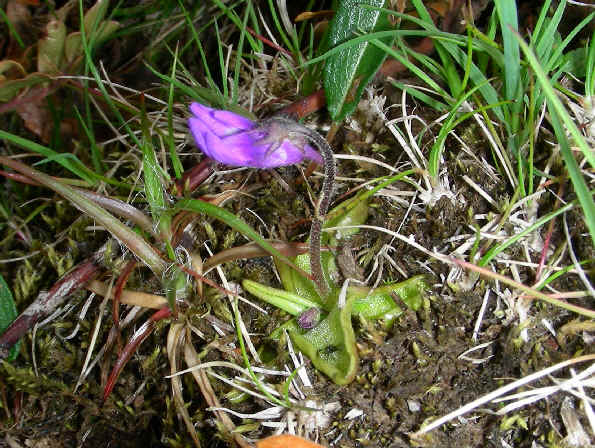
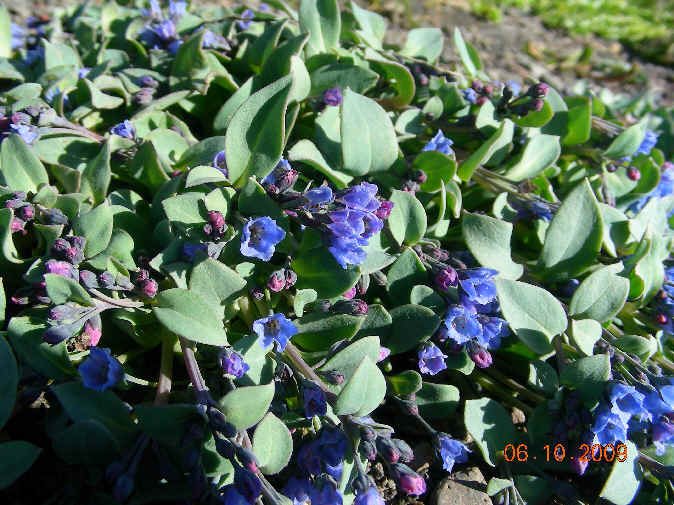
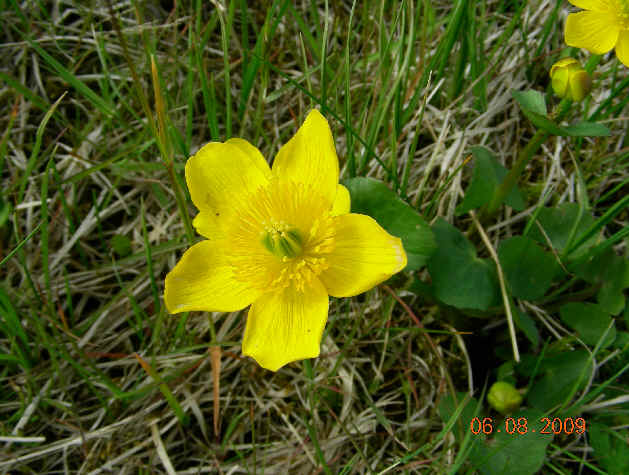
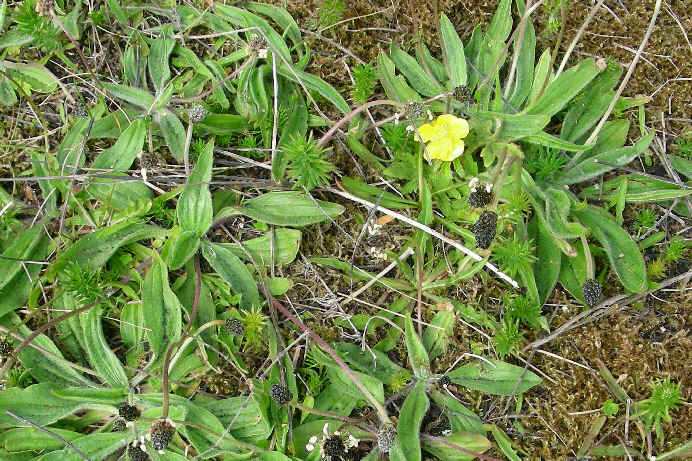
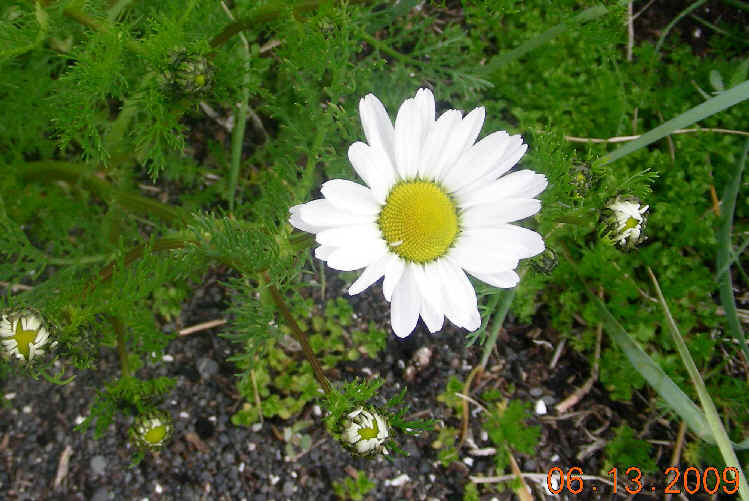
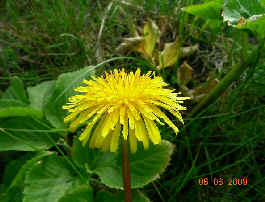
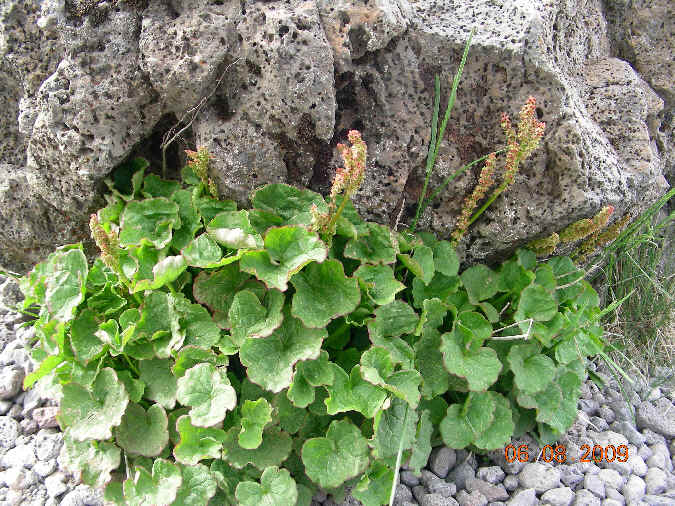
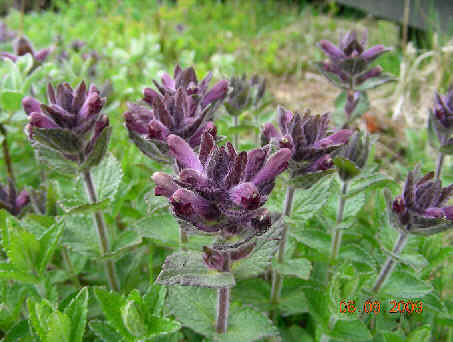
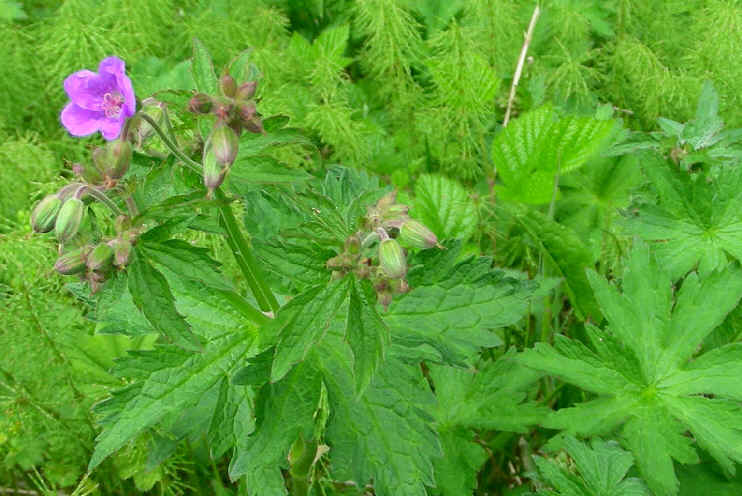
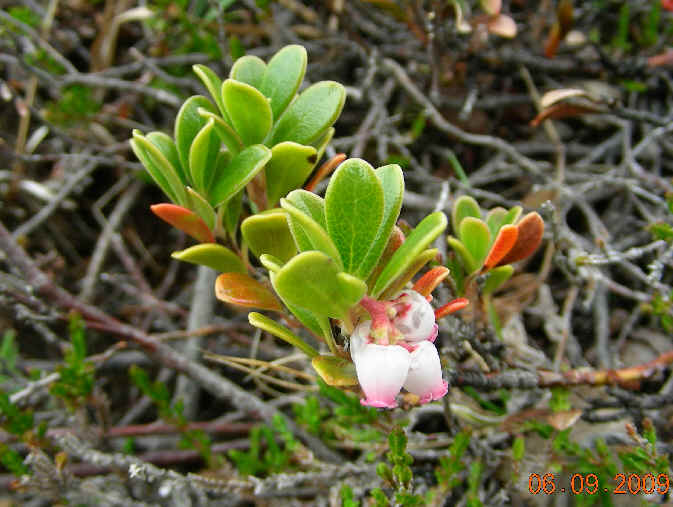
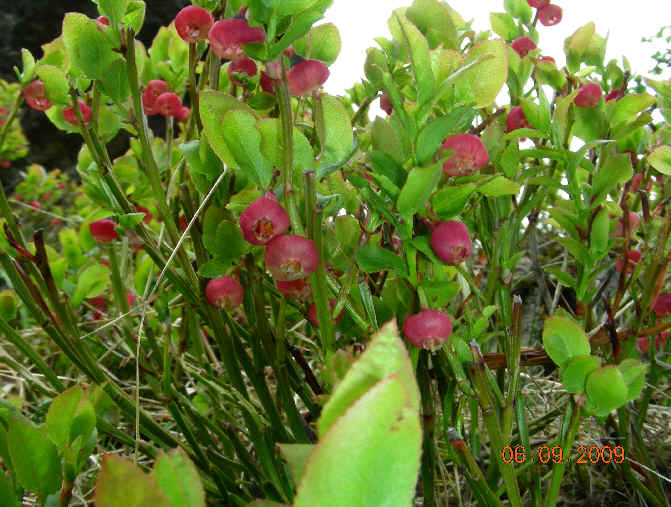
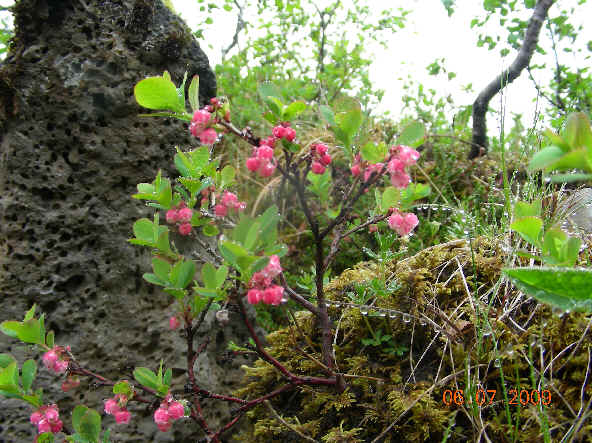
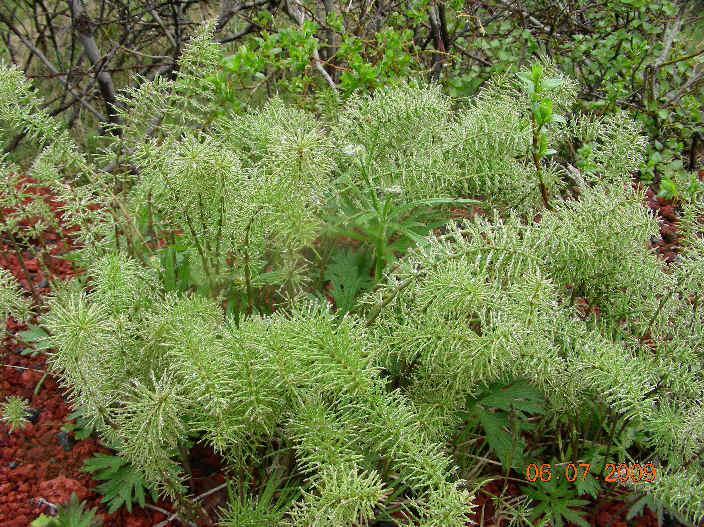
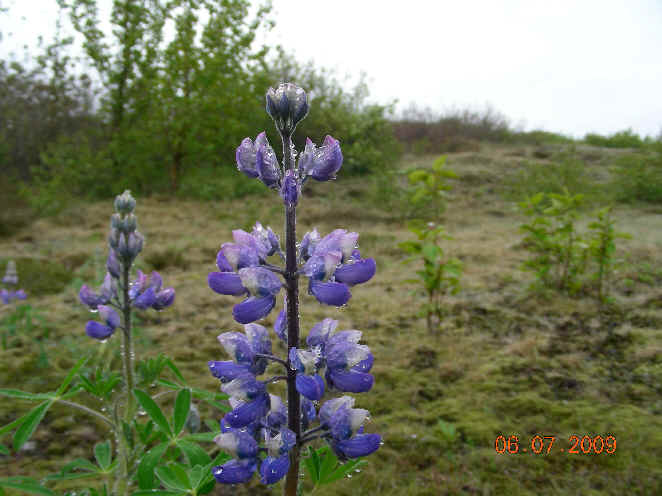


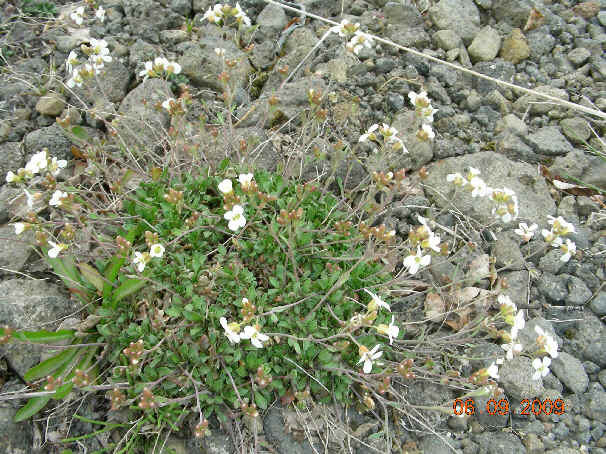
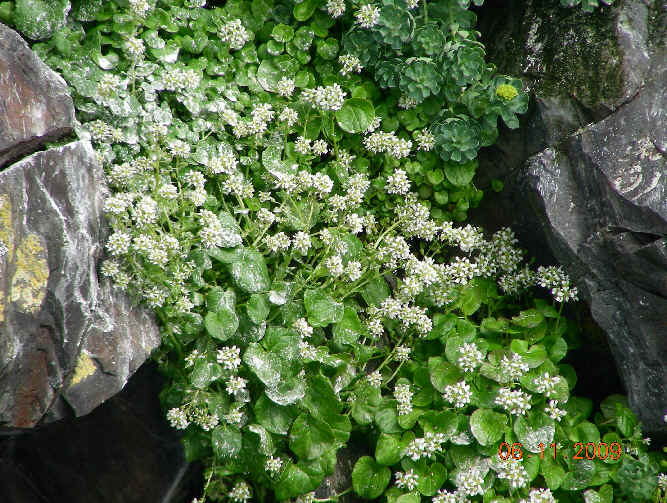
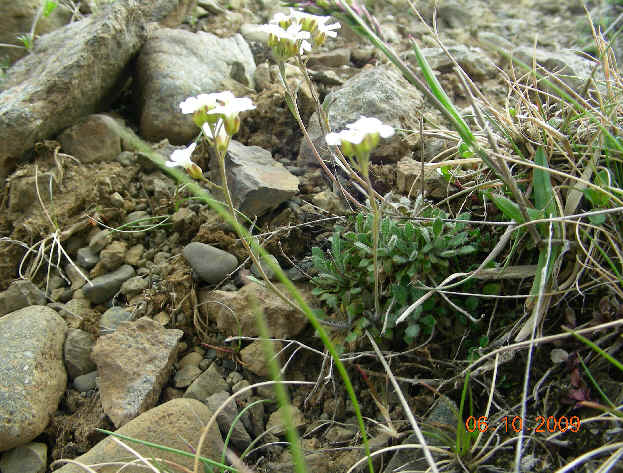

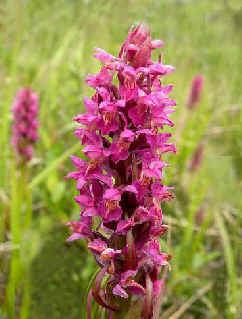

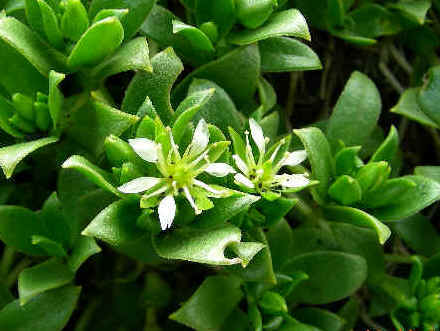

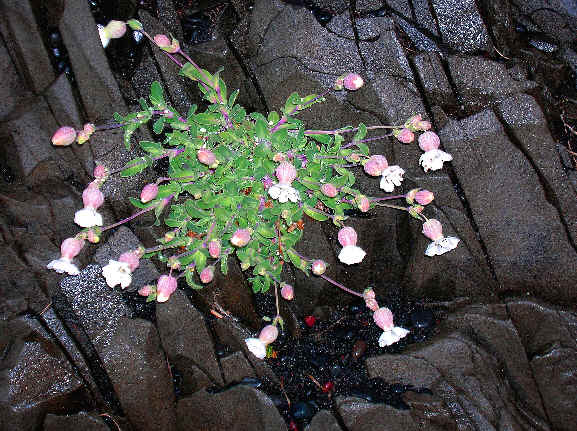
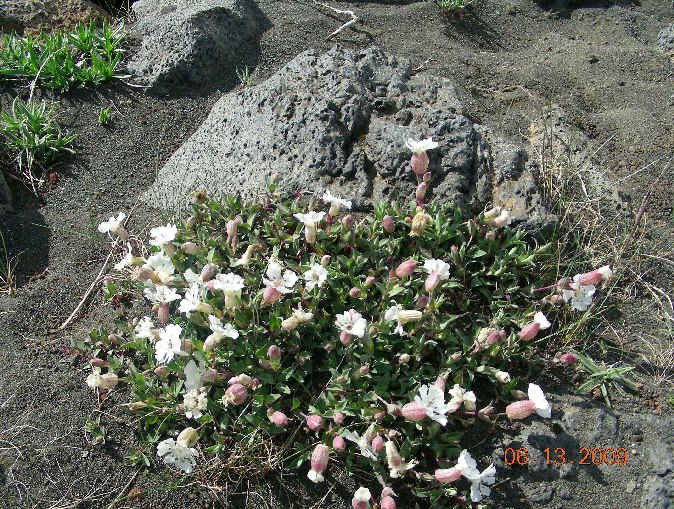
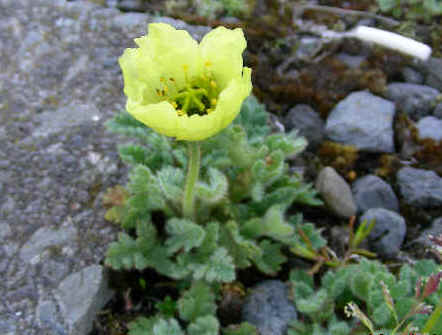
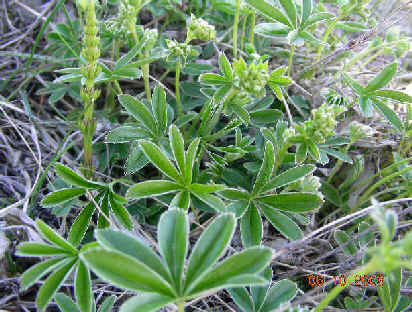
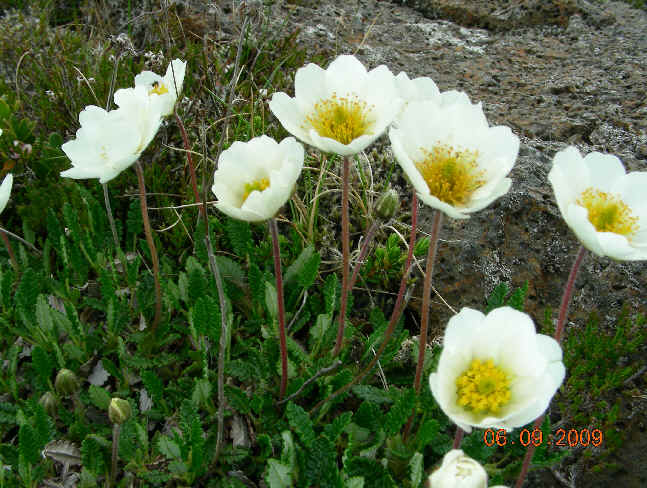
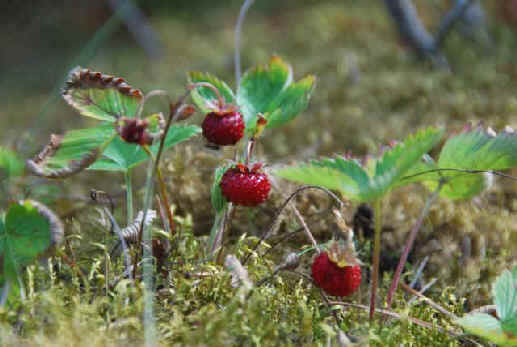
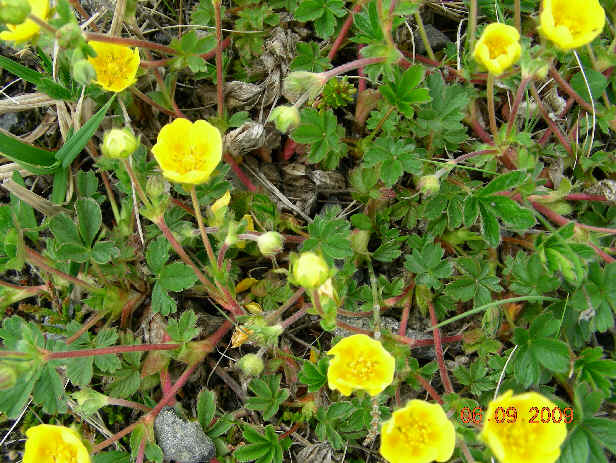
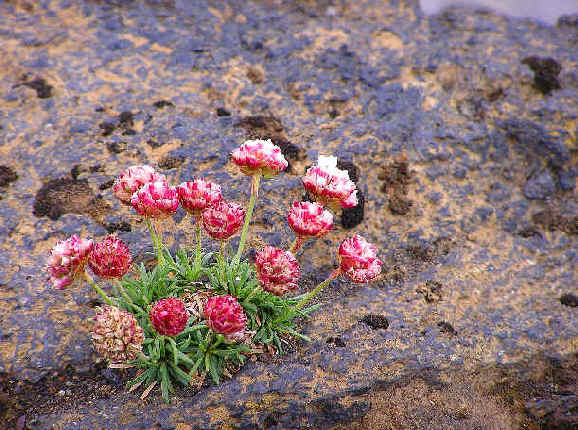

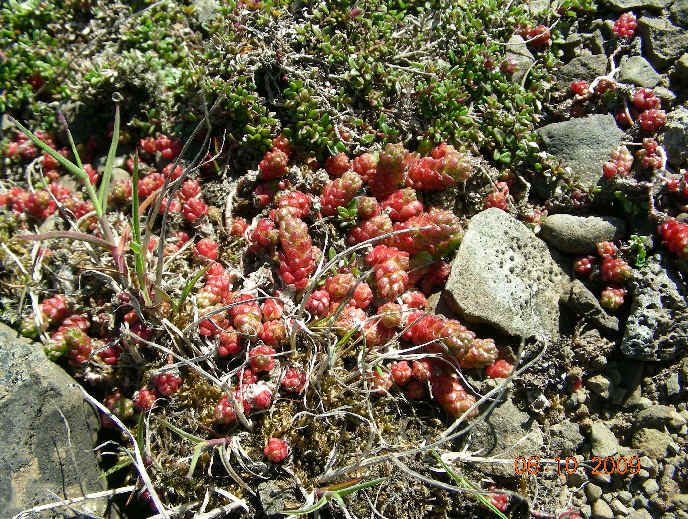
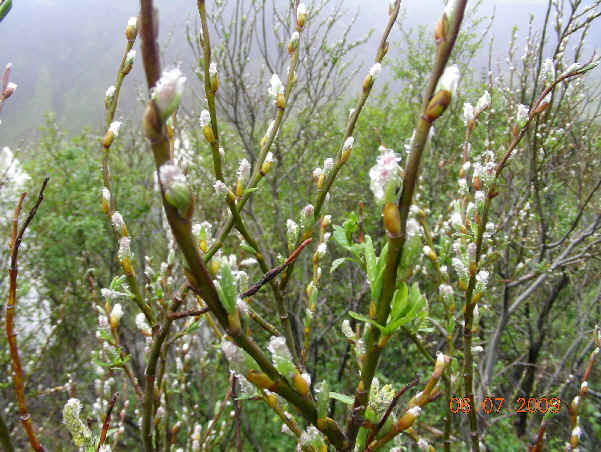
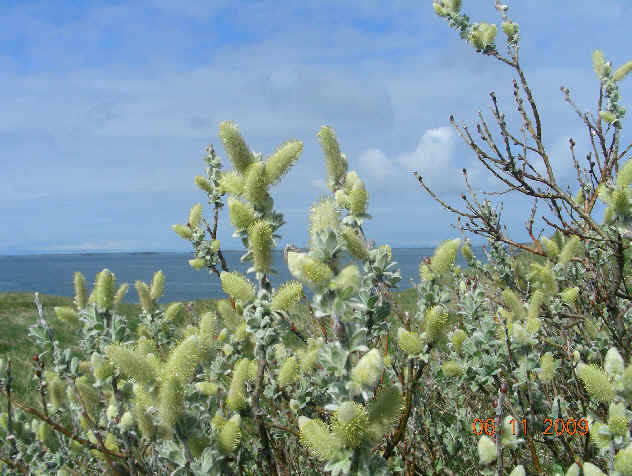
![]()